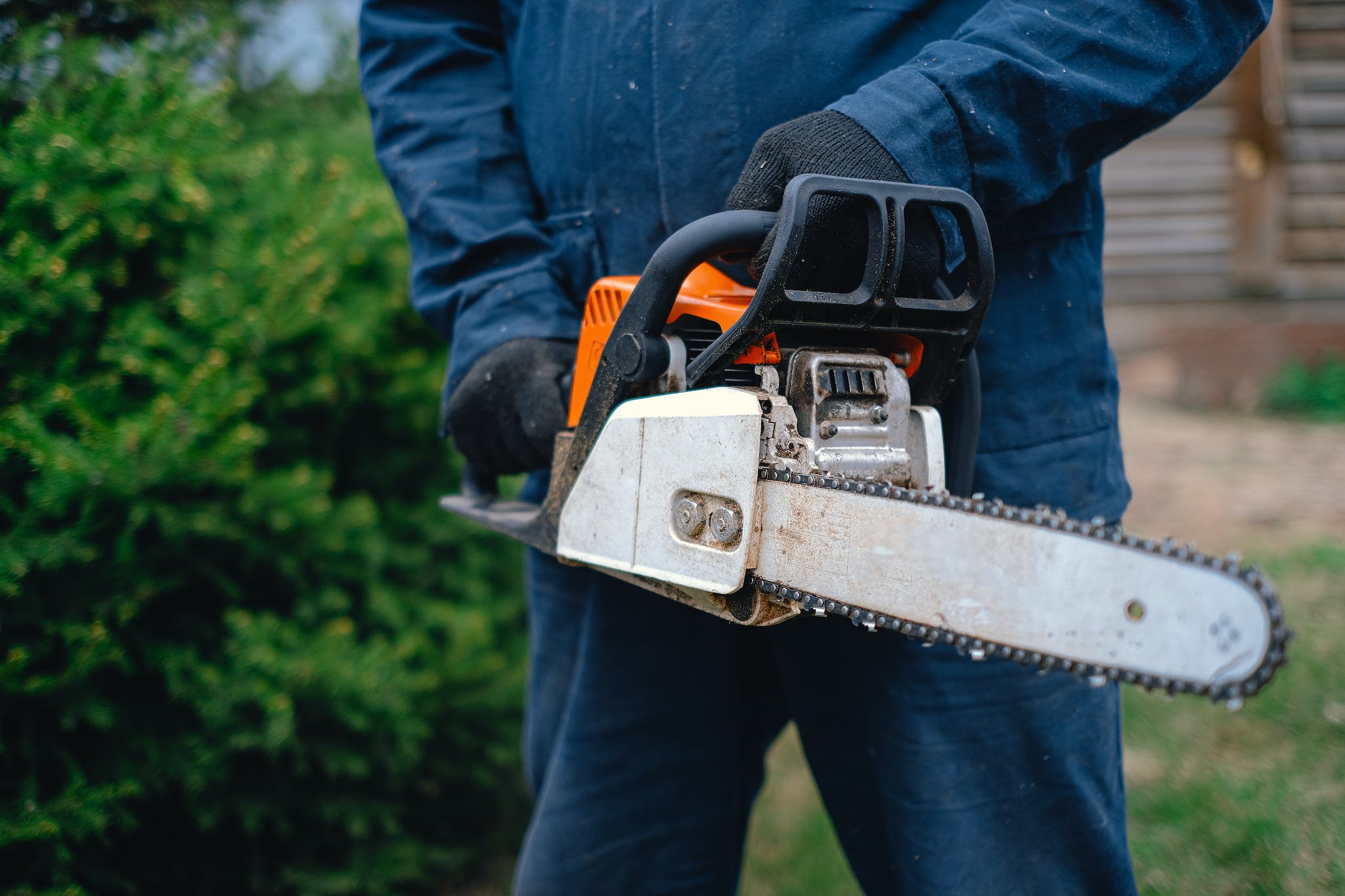Can you use an orbital sander on drywall? This is a question we get asked a lot but the answer is rather simple: Yes, you can use an orbital sander for finishing your drywall project.
In this guide, we will tell you everything you need to know about using an orbital sander and why exactly it is a practical tool to use for your next drywall project.
Can You Use an Orbital Sander on Drywall?
Random orbital sanders are a great tool for finishing your drywalls. They utilize circle-shaped sanding paper, which is available in various grits. For sanding drywall, we recommend sandpaper with grit between 150 and 220. Be careful with low-grit sandpaper (150 or lower) as this can permanently damage your drywall.
To get the best results while sanding drywall using an orbital sander it is important to properly let the mud dry first. This will ensure that you get a smooth finish and also prevents the sandpaper from clogging.
Alternatives to an orbital sander

Belt Sanders
Belt sanders are not ideal for drywall. They often have a high RPM making them too powerful and more likely to cause damage. However, if your belt sander has a variable speed dial it can be used on low RPM for drywall.
Hand Sander
Since hand sanders have a small sanding surface it will take more time to finish large drywall projects. If time is not a concern hand sanders, when equipped with the right sanding paper, are actually pretty suitable for sanding drywall.
Electric Drywall Sanders
Purchase this if there is a great deal of drywall work to be done. This sander has a vacuum-shaped tube with a circular sanding pad which can change for various lengths and can be easily run over the wall surface to sand as well as remove dust simultaneously.
Learn more about sanders in our Best sander for hardwood floor guide
How to sand drywall using an orbital sander?
To use an orbital sander on drywall, follow these simple steps
Prepare your drywall surface a day before sanding.
If short on time, add a thicker layer of joint compound and allow it to dry. Otherwise, add a thinner coat of compound, then level that out, after which add another coat and repeat, finishing with a third coat and letting it dry prior to sanding.
Choose the grit of the sandpaper you wish to use
The finer the granular particles, the higher the grit value. Smaller grit numbers mean rougher sandpaper.
Pick a finer grit (anywhere from 150 to 220) for drywall sanding to thoroughly refinish the dry areas. This grit should assist you in reducing the harm to the drywall.
Put the sandpaper on the orbital sander
Many sanders employ a hook and lock mechanism to change fresh sandpaper pads. Check that every new component is set properly as per the base of the orbital sander.
Employ mild pressure while rotating the sander in randomized, round strokes
Remember that staying in one place as you use the sander risks burning out the sandpaper and harming the area.
Complete with hand sanding after employing the orbital sander, specifically on coarser parts
This should help the drywall surface to become uniform, devoid of swirls, and smooth. When you’re done, do not brush off the dust from the surface.
When you will be painting the drywall, the dust will assist in cementing the paint to the materials in the drywall. This will aid in concealing any sanding marks or breakage.
Final Thoughts:
In brief, using an orbital sander to sand down a single wall or an entire room is possible if used carefully.
Now that you’ve learned about the many types of drywall sanders and you still prefer to use an orbital sander then make sure to follow the instructions mentioned above.



